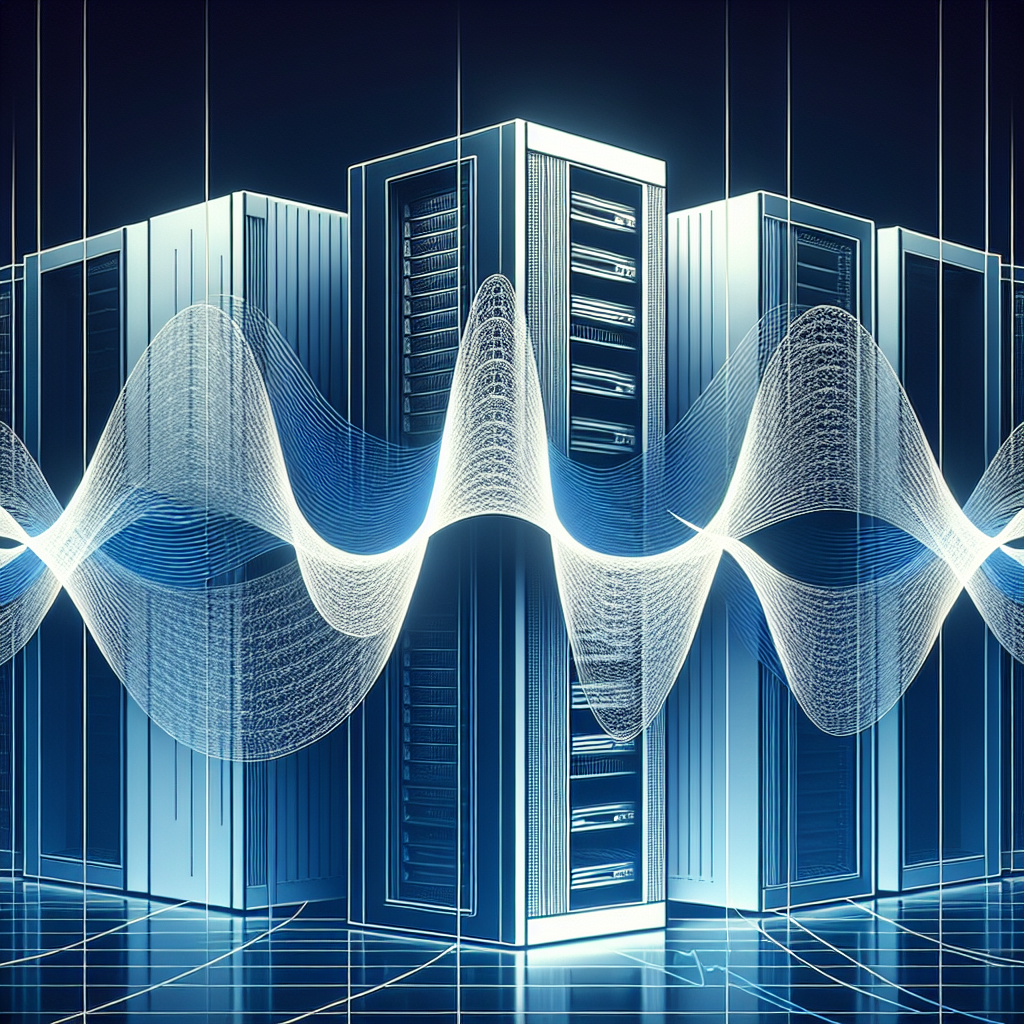The Rising Power Demands of ML Infrastructure
Machine learning applications are creating unprecedented power delivery demands in data centers. Unlike traditional server clusters, large-scale ML training workloads show distinct power usage patterns, posing unique challenges for infrastructure reliability and efficiency.
Understanding the Power Challenge
Modern ML workloads require synchronized computation across thousands of accelerator chips, often consuming an entire data center cluster’s resources. These workloads create significant power challenges:
- Peak power utilization approaching maximum equipment ratings
- Steep power consumption fluctuations between idle and peak levels
- Power variations occurring in tens of megawatts
- Almost instantaneous ramp speeds repeating every few seconds
Critical Infrastructure Risks
These power fluctuations pose several critical risks to data center infrastructure:
- Hardware reliability issues affecting rectifiers, transformers, and generators
- Potential damage to upstream utility systems
- Premature wear of UPS systems
- Chip-level reliability concerns due to temperature fluctuations
Google’s Innovative Solution
Google implemented a proactive power shaping approach through full-stack codesign. Key features include:
- TPU compiler instrumentation to identify power fluctuation signatures
- Dynamic balancing of compute block activities
- Compiler-based power profile shaping
Measured Results and Impact
The implementation showed impressive results:
- 50% reduction in power fluctuation magnitude
- Temperature fluctuation reduction from ~20°C to ~10°C
- Less than 1% performance impact
- Minimal increase in average power consumption
Industry-Wide Collaboration Needed
As ML infrastructure continues to grow, industry-wide collaboration is essential. Key stakeholders must participate:
- Utility providers defining power quality metrics
- Equipment suppliers enhancing component reliability
- Hardware suppliers standardizing solutions
- ML model developers considering energy consumption patterns
For more detailed information, visit Google Cloud’s comprehensive blog post on ML infrastructure power management

